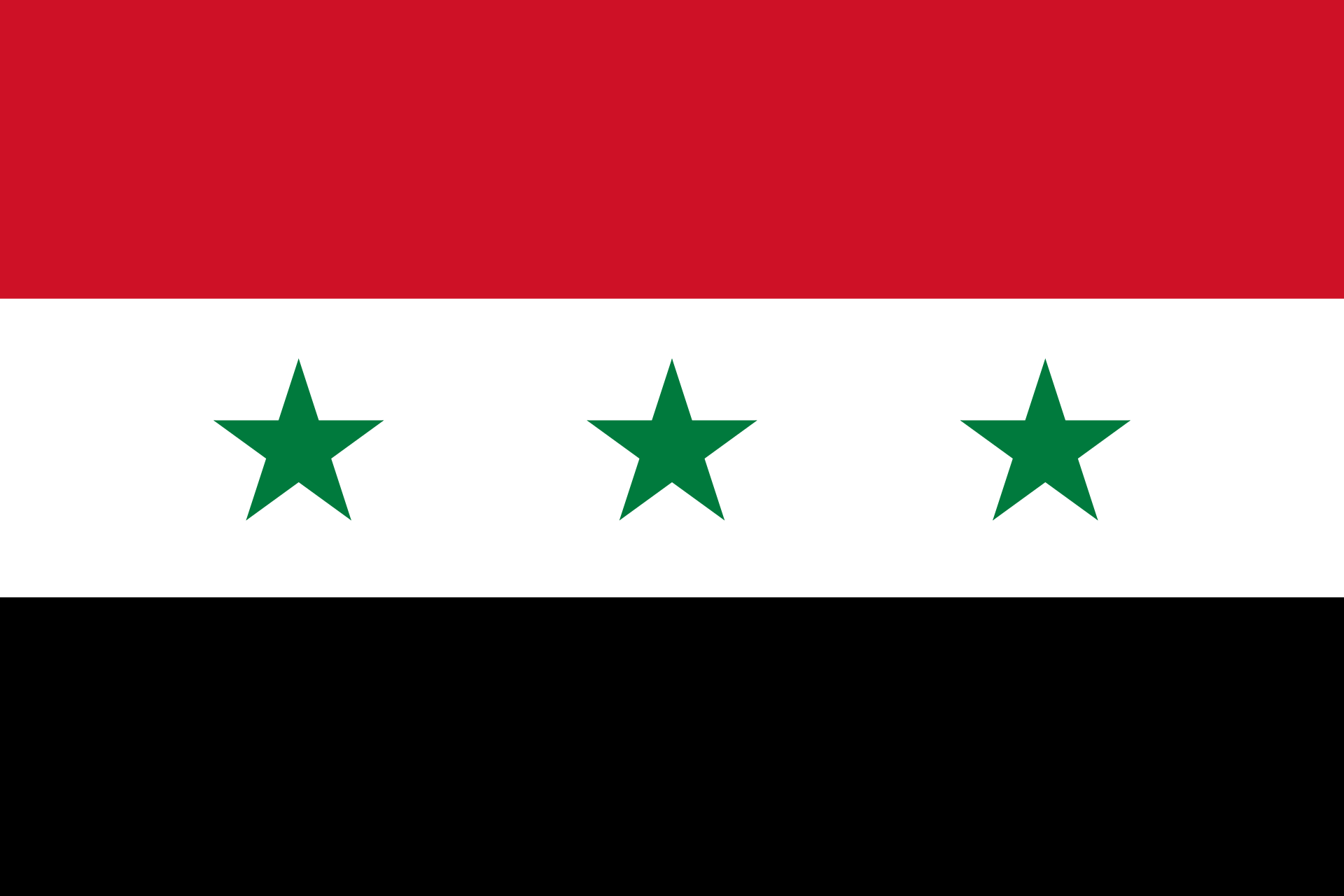Voice of Peace from Baghdad: December 29, 1990
/Live, off-air, approximately twenty-minute recording of the Voice of Peace from Baghdad on 29 December 1990 beginning at 21:40 UTC on a shortwave frequency of 11860 kHz. This broadcast originated from a transmitter either in Iraq or Kuwait.
Iraq's Voice of Peace was established in August 1990 to beam programs to American servicemen stationed in Saudi Arabia during Operation Desert Shield following Iraq's invasion of Kuwait at the beginning of the month. Programming consisted of music, initially easy-listening music but subsequently changing to a "Top 40" mix, news and commentary in a failed effort to try to demoralize the American troops. Beginning in September 1990, the broadcasts used a female announcer dubbed "Baghdad Betty" by the Americans. Reportedly, Baghdad Betty was replaced by a team of announcers sometime in December 1990. The recording is an example of the news and music programming. It is not known if the female announcer is the famous Baghdad Betty or someone else.
Reception of the broadcast was poor to fair with slight interference and fading. At 21:58 UTC, there is interference splash from WYFR starting up on 11855 kHz. The initial frequency recorded may have been 21675 kHz before switching after a minute or so to 11860 kHz as the radio teletype interference abruptly stops at this point. The recording includes frequent station identifications such as "You are tuned to the Voice of Peace from Baghdad."
The broadcast was received in Hanwell, New Brunswick, Canada, using a Sony ICF-7600D receiver and supplied wire antenna draped around the listening room.










